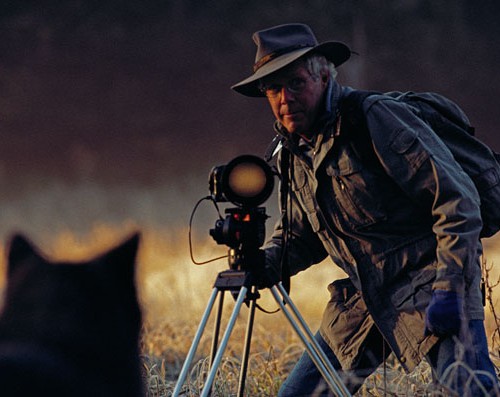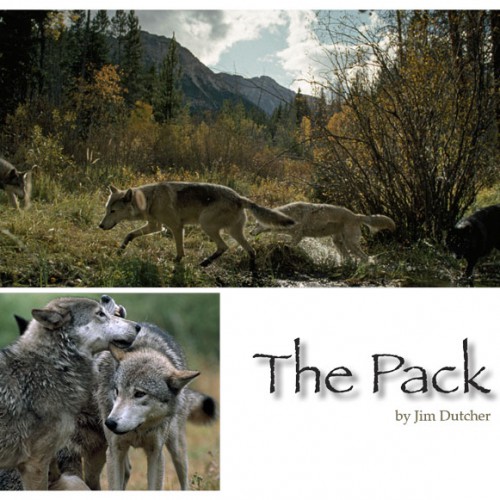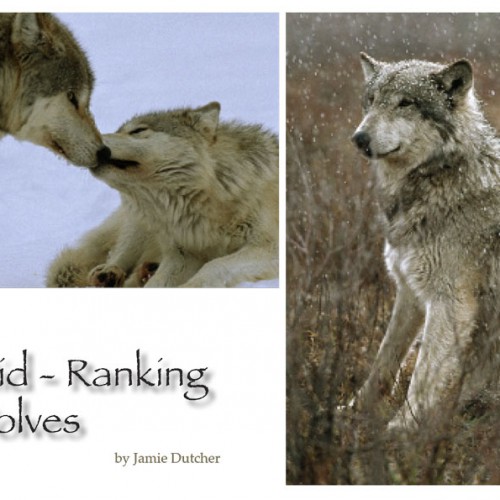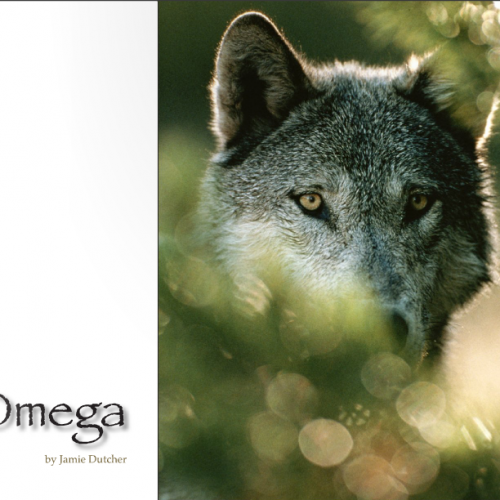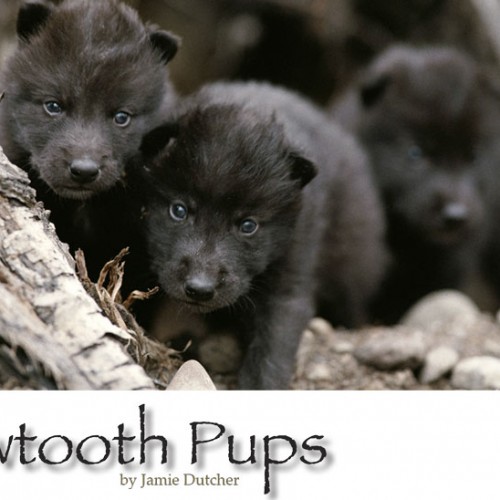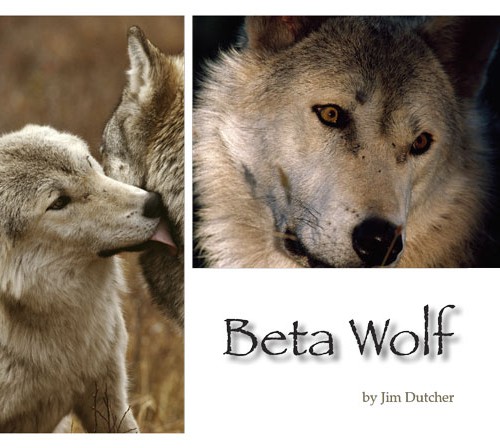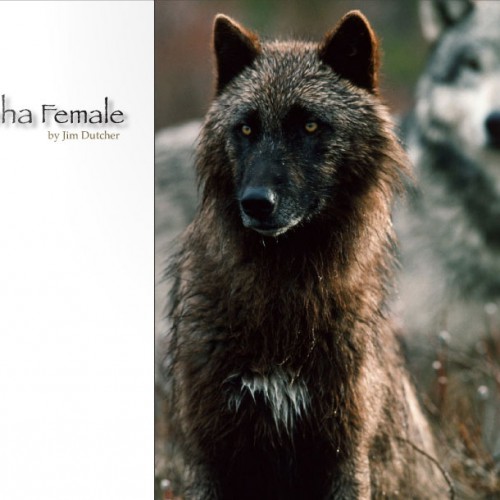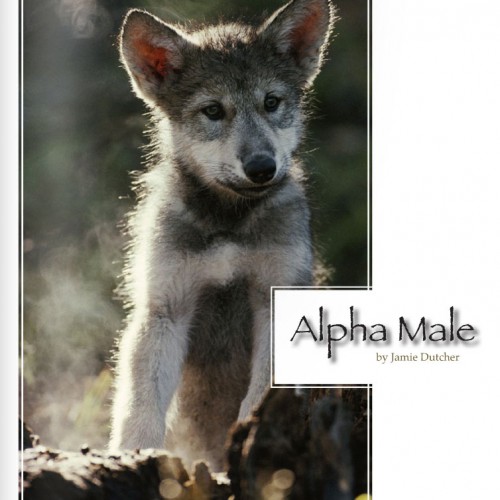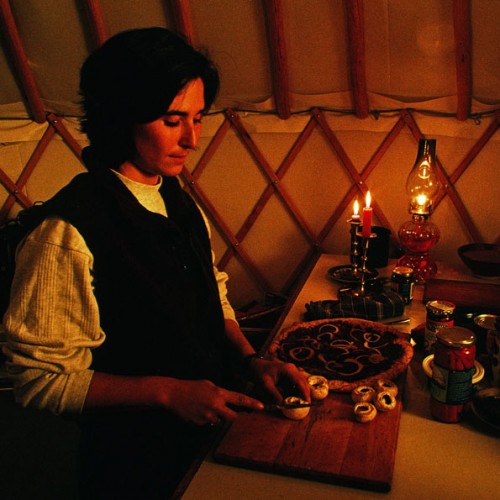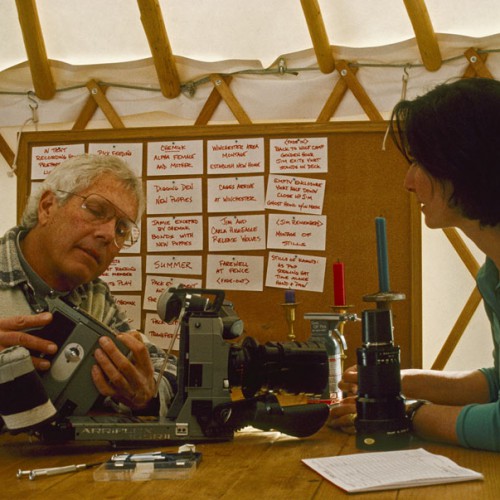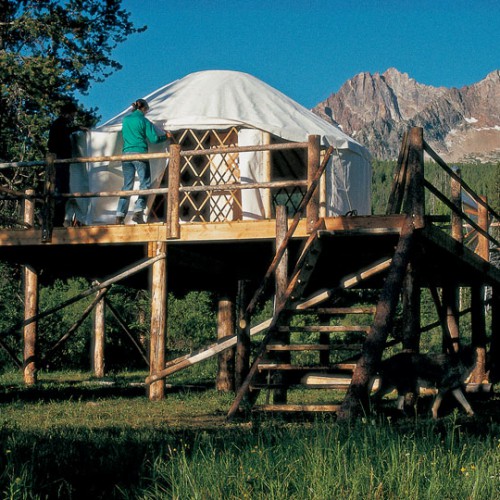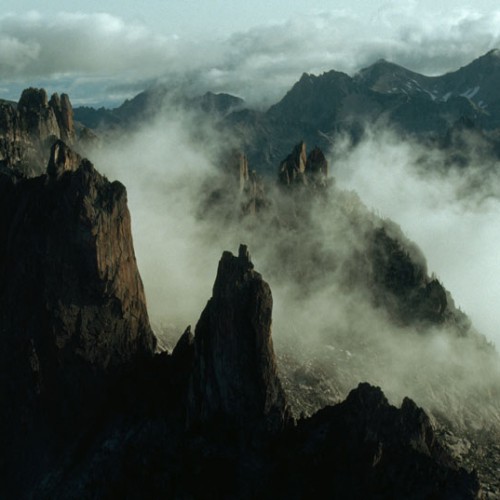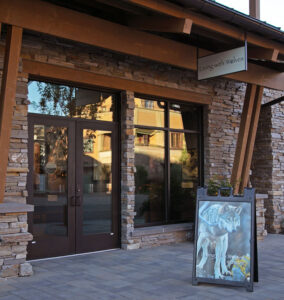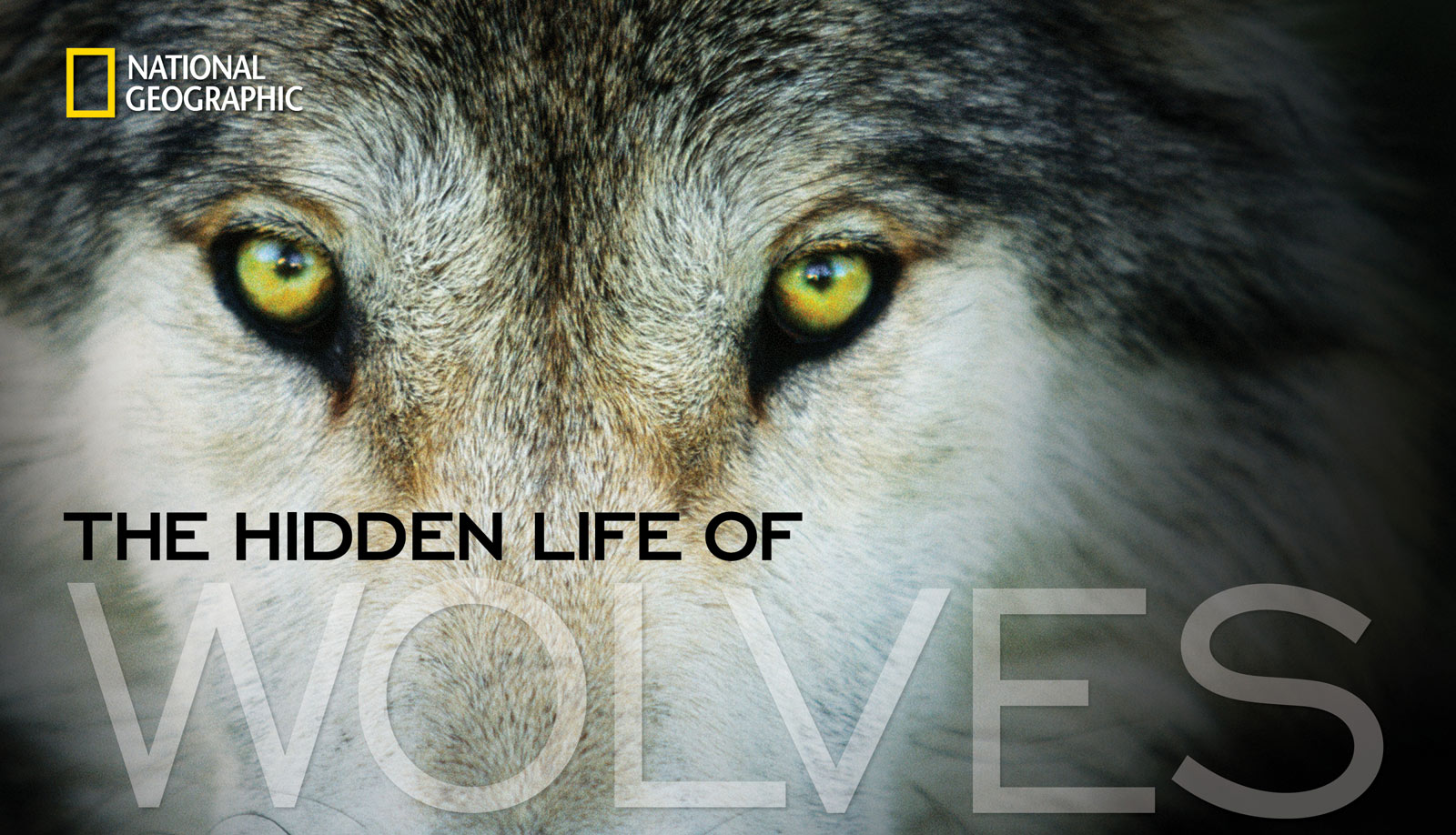
By providing over 40,000 readers with vital information through our National Geographic book, The Hidden Life of Wolves.
custom excerpt
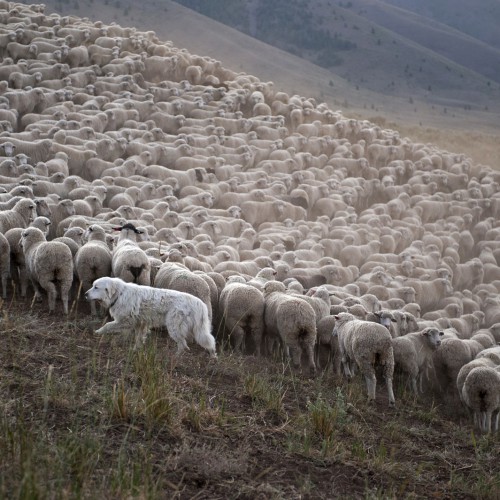
Are wolves killing lots of cattle and sheep?
No. Wolves are responsible for less than 1% of all livestock deaths.
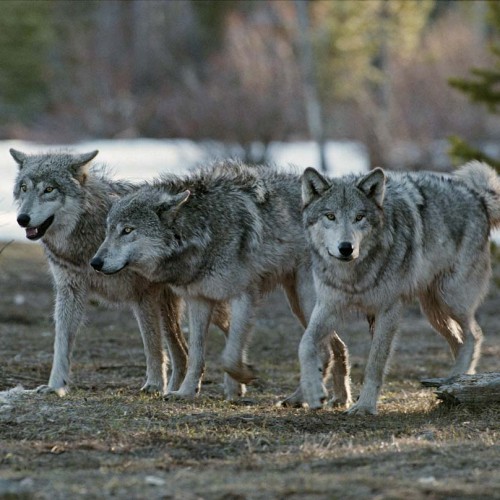
Can killing wolves make things worse?
Yes it can. Killing wolves breaks up packs. Smaller packs have harder time successfully bringing down large prey. Therefore, smaller packs are often forced to find prey that’s easier to kill, such as livestock.
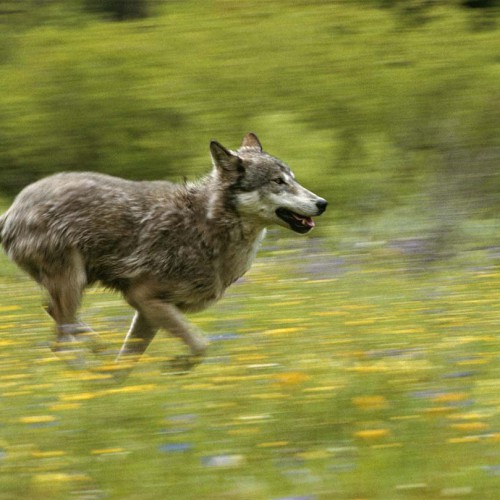
Are the reintroduced wolves larger and different?
No. It’s the same species of wolf that lived here long ago.
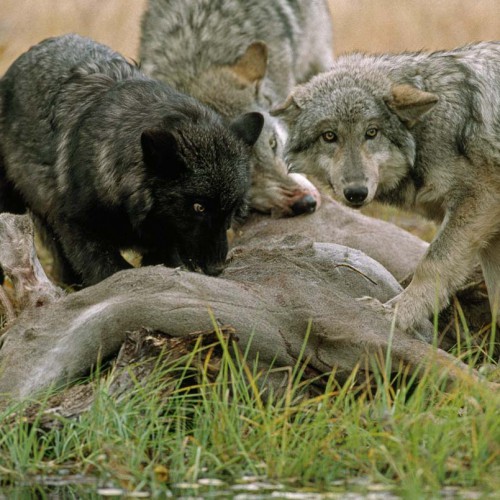
Do wolves kill for sport?
No. Wolves kill to feed themselves.
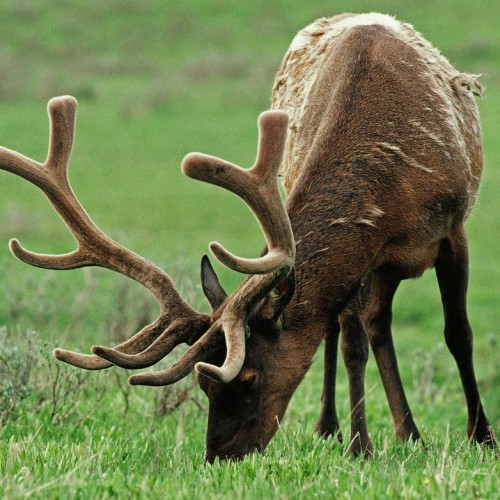
Are wolves killing ALL the deer and elk?
No. Elk and deer populations are generally stable or increasing.
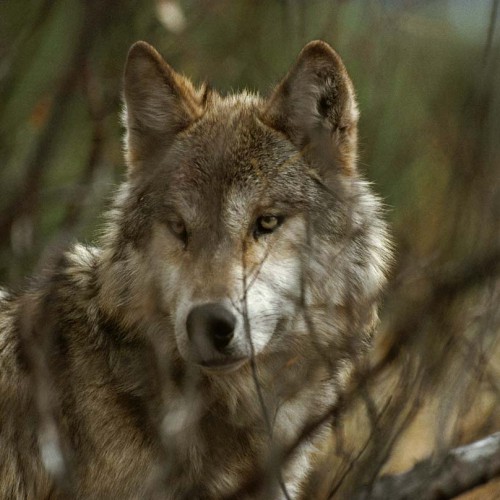
Should people fear wolves?
No. Wolves are generally fearful of and avoid people. Only twice in the past 100 years in North America have wild wolves attacked and killed a human.

Sawtooth Pack Film Clips
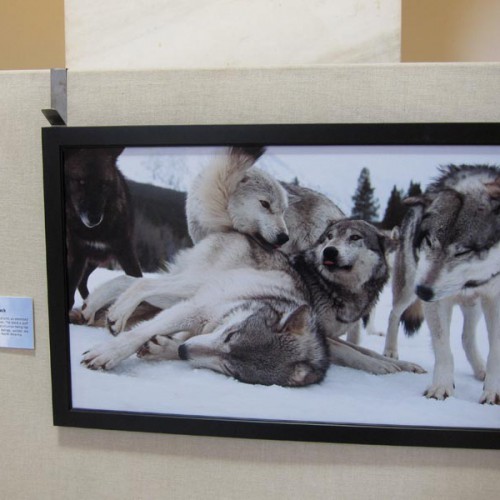
Russell Senate Office Rotunda
Living with Wolves traveling exhibit at Russell Senate Office Rotunda
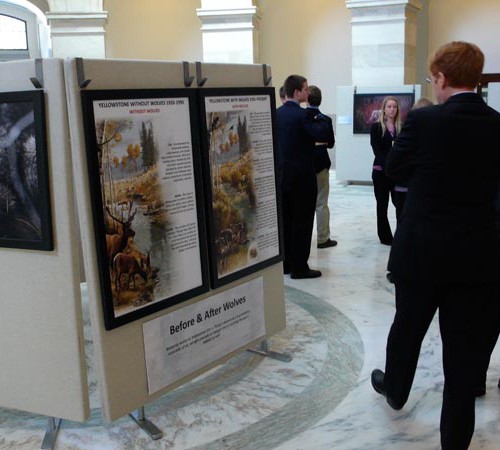
Russell Senate Office Rotunda
Living with Wolves traveling exhibit at Russell Senate Office Rotunda
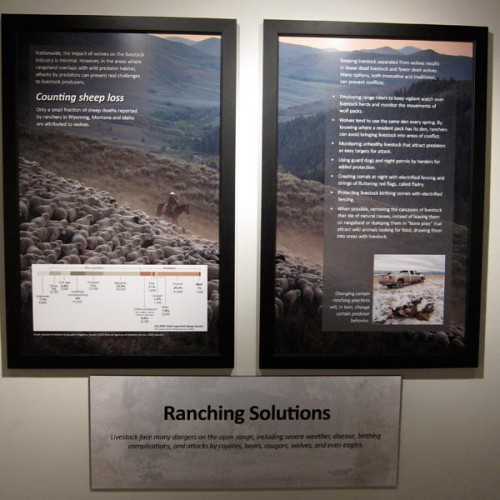
Chicago’s Field Museum of Natural History
Chicago’s Field Museum of Natural History
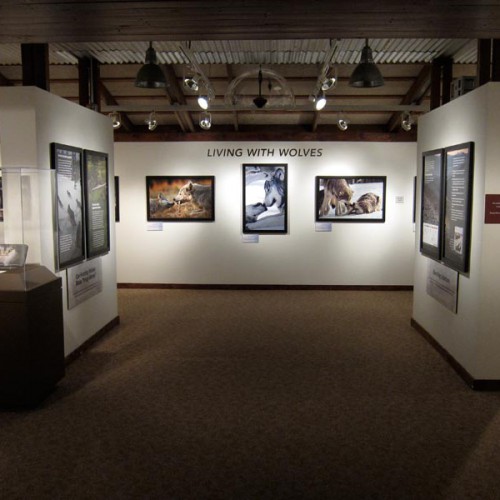
Chicago’s Field Museum of Natural History
Chicago’s Field Museum of Natural History
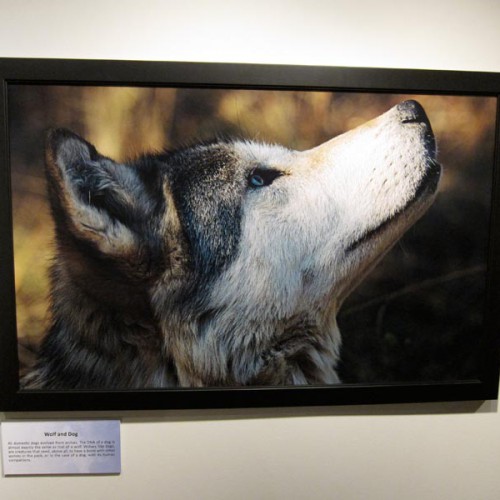
Russell Senate Office Rotunda
Living with Wolves traveling exhibit at Russell Senate Office Rotunda

Russell Senate Office Rotunda
Living with Wolves traveling exhibit at Russell Senate Office Rotunda

Using guard dogs for protecting herds and flocks
The use of guard dogs and night watchmen provides added protection for the herds and flocks. Photo: Matt Moyer
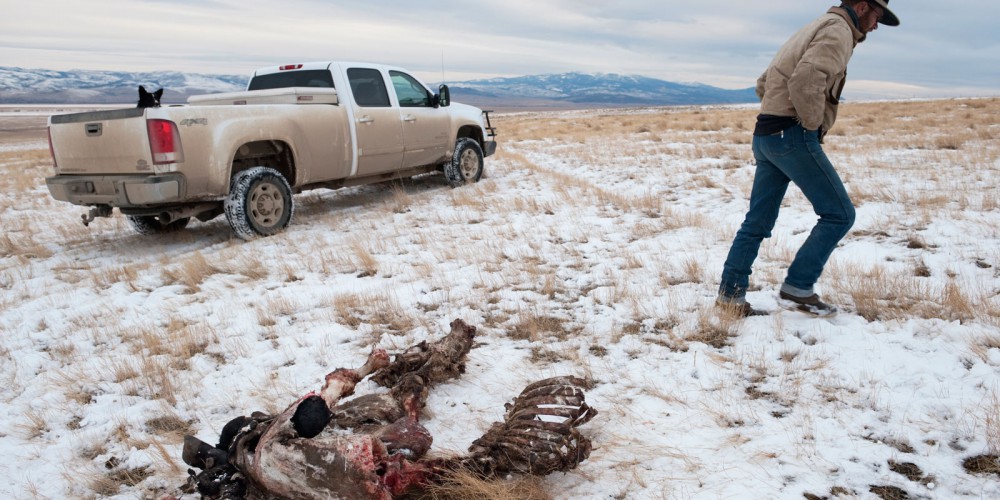
Cleaning up livestock that died of natural causes
The presence of animals that died from natural causes draws predators into areas with livestock. When possible, ranchers can help keep wolves and all other scavengers away by removing the carcasses of dead livestock instead of leaving them on rangeland. Photo: Matt Moyer
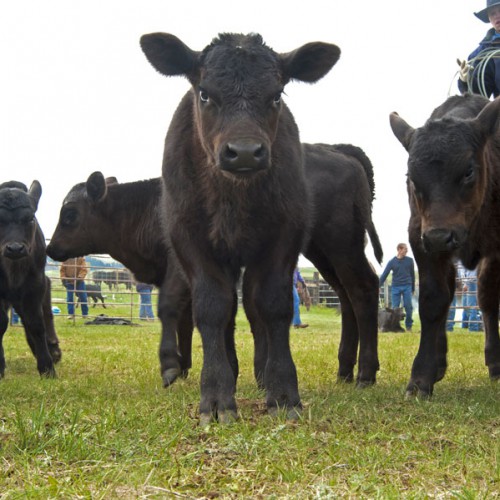
Birthing corrals with electric fencing
Wild grazing animals find safety in numbers and protective mothers keep their young close. Timing the birth of calves to keep cow-calf pairs together longer is another technique used to keep calves safe from carnivores.
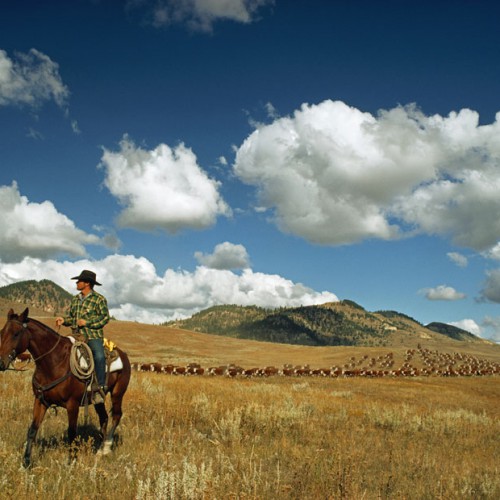
Range rider, keeping watch over his herds and flocks
Range riders, once a part of traditional ranching operations, are again being used to monitor the movements of predators and livestock on the open range.

Economy & Tourism Advisory Board
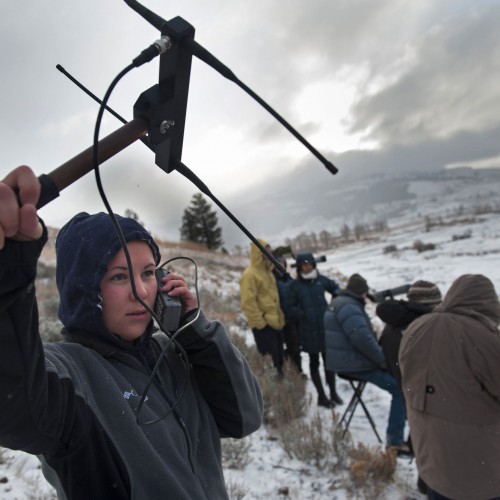
Advisory Board
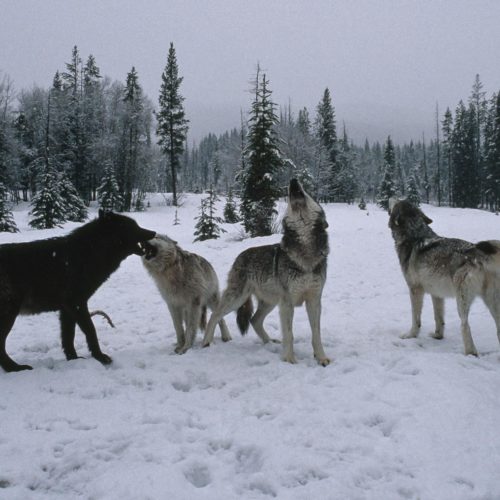
Board of Directors
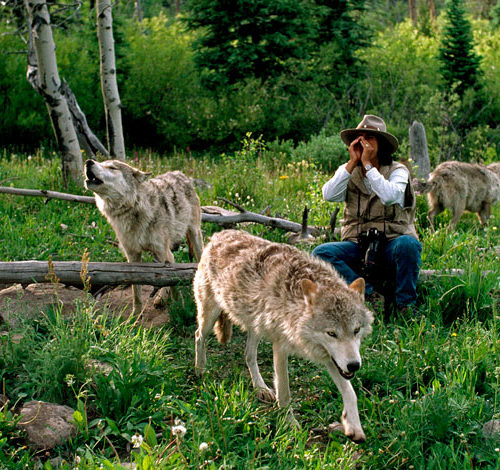
Founders

Honorary Board

Wolves Boost to Ecotourism
The reintroduction of wolves to Yellowstone has attracted 150,000 new visitors each year, adding $35-million to the local economy annually.
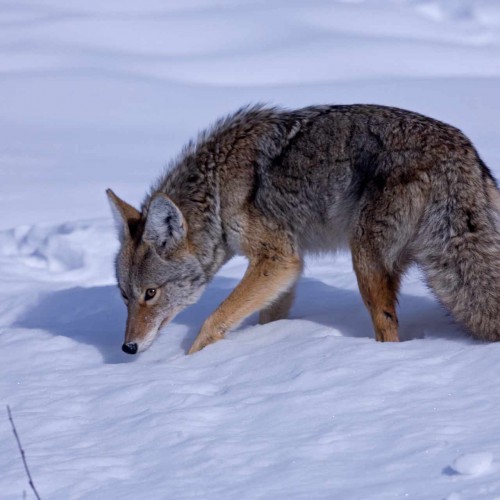
Wolves Decrease Coyote Populations
Wolves kill coyotes, so rodent populations increase, benefiting struggling birds of prey. Also, with fewer coyotes, pronghorn antelope calves are less likely to be preyed upon.
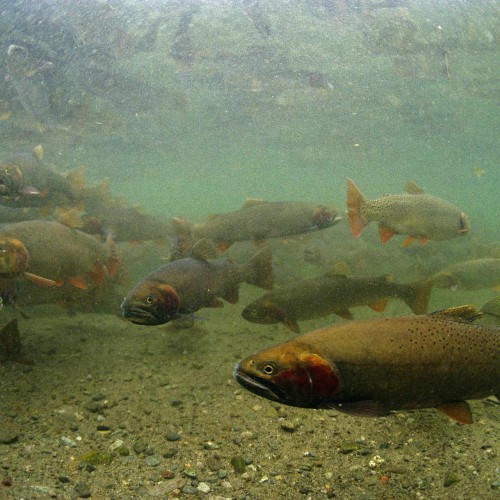
Wolves Improve Riparian Areas
Wolves have redistributed the elk herds, allowing vegetation to recover along rivers and streams. More willows and aspens provide food for beavers. More beaver ponds benefit aquatic plants and animals. Shade from the trees cools the water, making the habitat better for trout.
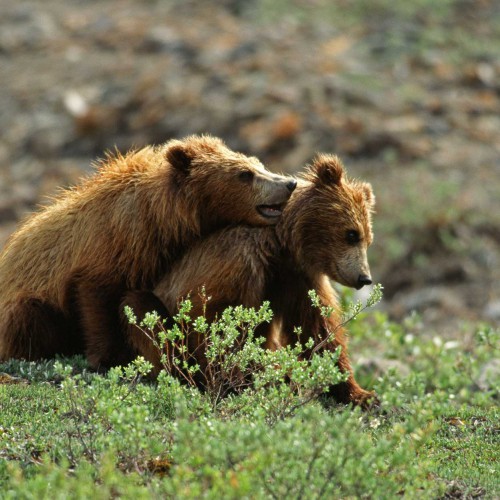
Wolves Feed Other Animals
The remains of a carcass left behind, unfinished by wolves, help feed grizzly bears, bald eagles, wolverines and many other scavengers.
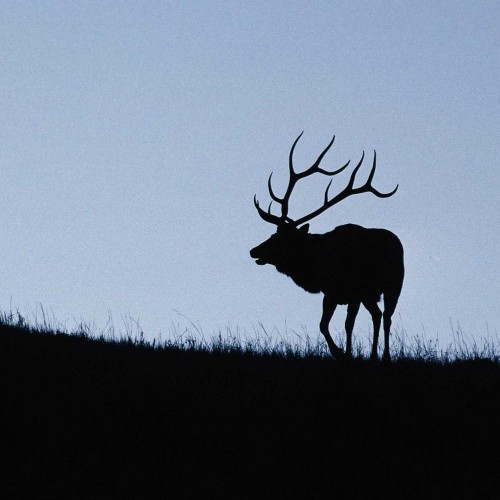
Strengthen Ungulates
Wolves cull sick, old and genetically inferior elk and deer, allowing the healthiest individuals to breed and perpetuate their species.

